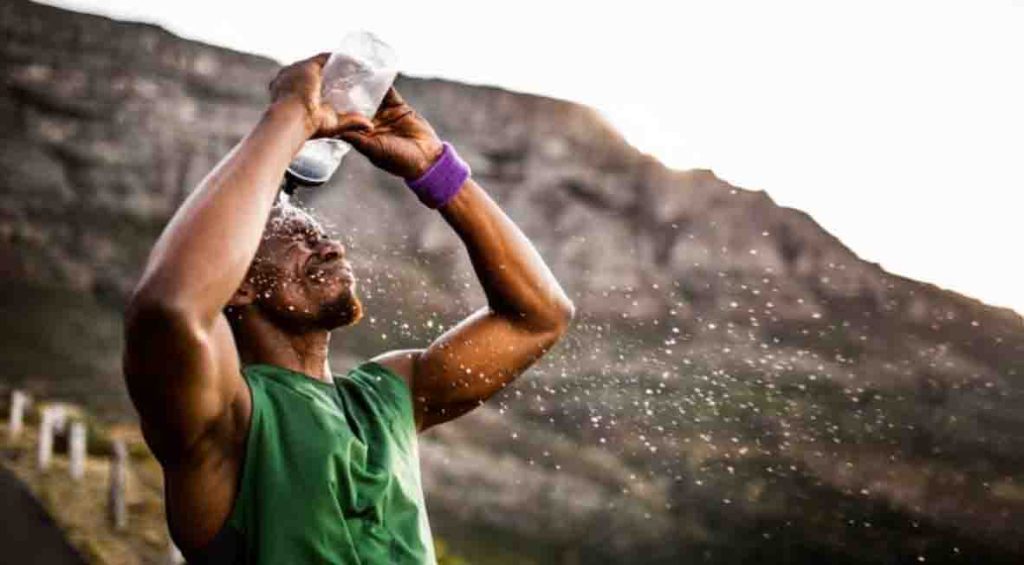Sweat Smart: How Electrolytes Keep You Hydrated During Intense Workouts
Introduction
Hydration is crucial for optimal performance during intense workouts, and electrolytes play a key role in maintaining fluid balance. As you sweat, you lose not only water but also essential electrolytes like sodium, potassium, and magnesium. Replenishing these electrolytes can help prevent dehydration, muscle cramps, and fatigue. This article explores how electrolytes support hydration and performance, and how you can effectively incorporate them into your workout routine.
1. Understanding Electrolytes: What Are They and Why Are They Important?
Electrolytes are minerals that carry an electric charge and are vital for various bodily functions. Key electrolytes include sodium, potassium, calcium, and magnesium. They help regulate fluid balance, muscle contractions, and nerve function. During intense exercise, the body loses electrolytes through sweat, which can disrupt these functions and lead to dehydration. Understanding their role helps in selecting appropriate hydration strategies to maintain performance and prevent adverse effects.
2. How Electrolyte Imbalance Affects Your Workout Performance
An imbalance of electrolytes can significantly impact workout performance. Low levels of sodium can lead to hyponatremia, causing symptoms like headaches, nausea, and confusion. Potassium deficiency can result in muscle cramps and weakness, while inadequate magnesium can impair muscle function and increase the risk of fatigue. Recognizing these symptoms allows you to take proactive steps to address electrolyte imbalances and ensure that your performance remains at its peak.
3. Signs of Electrolyte Depletion: How to Recognize When You Need More
Common signs of electrolyte depletion include excessive thirst, muscle cramps, dizziness, and fatigue. If you experience any of these symptoms during or after exercise, it may indicate that your body is low on electrolytes. Paying attention to these signals helps you take timely action to replenish electrolytes and avoid potential disruptions to your workout routine.
4. Best Sources of Electrolytes: Foods and Supplements to Consider
To effectively replenish electrolytes, consider incorporating foods rich in these minerals into your diet. Bananas, oranges, and avocados are excellent sources of potassium, while dairy products and leafy greens provide calcium and magnesium. Electrolyte drinks and powders can also be useful, especially during prolonged or intense exercise. Choose products with balanced electrolytes and minimal added sugars to support hydration without compromising your nutrition.
5. Tips for Maintaining Electrolyte Balance During Your Workout
During exercise, it’s essential to maintain electrolyte balance to sustain performance. Drink fluids with added electrolytes before, during, and after your workout to keep hydration levels optimal. For long-duration workouts, consider using electrolyte tablets or powders to ensure consistent replenishment. Additionally, monitor your sweat rate and adjust your fluid intake accordingly to meet your hydration needs.
6. Common Mistakes to Avoid When Managing Electrolyte Levels
One common mistake is relying solely on water for hydration, which does not replenish lost electrolytes. Overconsumption of sports drinks with high sugar content can also lead to unwanted weight gain and affect performance. Ensure that you balance electrolyte intake with proper hydration and avoid excessive use of supplements. Understanding your specific needs and making informed choices will help you maintain electrolyte balance effectively.
7. The Role of Electrolytes in Recovery and Long-Term Fitness
Proper electrolyte balance is not only important during exercise but also for recovery and long-term fitness. Adequate electrolyte levels help in muscle repair, reduce soreness, and support overall recovery. Incorporating electrolyte-rich foods and supplements into your post-workout routine can enhance recovery and improve your ability to perform consistently over time.
8. Hydration Strategies for Different Types of Workouts
Different types of workouts require tailored hydration strategies. For short, high-intensity workouts, a small amount of electrolyte-rich fluids may suffice. For longer, endurance activities, more comprehensive hydration plans involving electrolyte drinks or supplements may be necessary. Assess your workout duration and intensity to determine the appropriate hydration strategy for optimal performance and recovery.
Conclusion
Incorporating electrolytes into your hydration strategy is essential for maintaining performance during intense workouts. By understanding the role of electrolytes, recognizing signs of depletion, and choosing the right sources, you can effectively support your body’s needs and enhance your overall fitness experience. Stay hydrated, replenish electrolytes, and keep your workouts on track for success.

